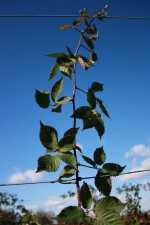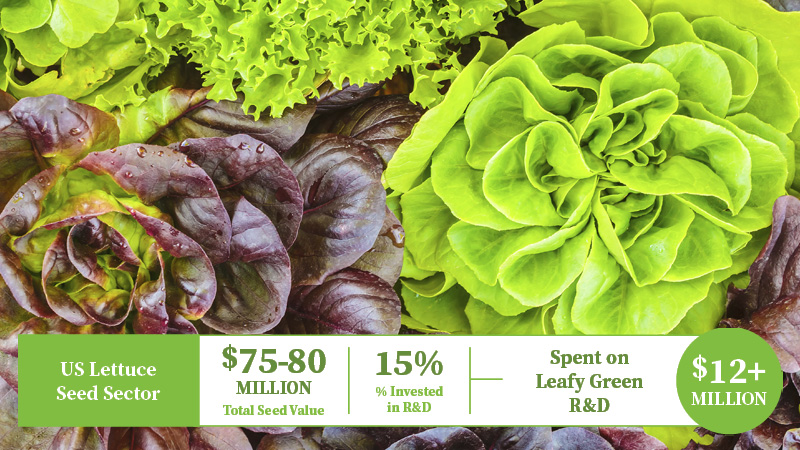How To Grow Sustainable Berries

Colder climates, such as hardiness zones 4-6, pose a challenge to blackberry growers. A rotatable trellis system distributed by Trellis Growing Systems LLC, provides growers with an option to sustain plants through the coldest months of the year.
“[Hardiness zones 4-5 are] where the greatest opportunities exist for growing blackberries. We presently have systems in place on commercial farms from Kansas to Pennsylvania and help with every step of establishing and managing the enterprise including site and plant selection, management and worker training, and marketing the berries,” said Richard Barnes, founder of Trellis Growing Systems.
TGS offers two products: the Rotating-Cross Arm (RCA) Trellis System for blackberries and the Adjustable V (AV) Trellis System for both primocane and floricane fruiting red and yellow raspberries. For video of the trellis systems in the field,.
With the RCA system, primocanes are trained to grow horizontally and tipped when canes reach the next plant. The tipped primocanes produce lateral canes which are tied to the wires on the long cross arms. Early, winter, pins are pulled on the trellis post assemblies and the rows of blackberries are rotated down with the tips of the long cross arms resting on the ground. In colder climates, the rows can be covered with floating row cover to protect the canes from extreme low temperatures. In the spring, new leaves and flower shoots develop and grow upward toward the light. When flower buds begin to open, the trellis is rotated back to vertical position. The fruit now develops on one side of the trellising which is positioned on either the north or east side of the row, protecting the fruit from direct sunlight.
“The first year [we used the RCA system] we were down to minus 16 in late January. If the blackberries were in the traditional hedgerow, they would have been wiped out. We had a full crop that first year. It never went below 20 degrees [under the cover],” said Brett Rhoads, of Rhoads Farm Inc., one of the first farms to implement the TGS business model, during a field day held this past fall in Circleville, OH.
Early Lessons
Research on the rotatable cross arm system began more than 20 years ago. This research was headed by Dr. Fumiomi Takeda, USDA Lead Scientist, at Kearneysville, WV. TGS was awarded USDA Small Business Innovation Research grants for the research and development of these trellis systems. This technology and commercialization was developed by Barnes and business partner Jerry Branstrator.
“The key is to be able to train canes properly for canopy manipulation. By forcing the canes to grow horizontally, we get huge amounts of lateral canes which grow upward towards the sun, meaning all berries are on one side,” said Takeda. “With rows oriented east to west the fruit will be on the north side of the row so there is no exposure to morning or afternoon sun damage. Rows running north to south will have the fruit on the east side of the trellis. This way, the canopy can be brought closer to the ground to keep the temps higher.”
“The cane training protocol positions the blackberries on one side of the trellis, out of the direct sunlight. Benefits are less sun scald and white drupelets with a higher percentage of pack out. Also, with fruit positioned on one side of canopy, harvest labor is greatly reduced. An open and narrower canopy increases air movement and pesticide spray efficacy for better control of disease and insect damage,” said Barnes. “The thinner leaf canopy of the RCA trellis system increases efficacy of pesticides when compared to the conventional hedge row. This is extremely important with the emergence of the spotted wing drosophila,” said Barnes.
As growers started implementing the systems, TGS saw a need to train growers on the trellising system.
“One of the things we discovered when we started putting our units out … was as well as it worked, it was difficult for people to pick up on, especially growers that had been growing in the traditional ways with just the hedgerow” said Barnes. “We found ourselves a necessity to get more involved with the growers. We now have a business model to where we come in and help the growers with every aspect of the operation. We have found it important to work with our growers and assist with all aspects of berry production from site and plant selections, training, and marketing the fruit.”
Growers see the benefits of learning the inner workings of the trellis system, as well.
“We’ve realized just how important the training side [of the trellis system] is. You’re thinking outside of the box when you’re growing blackberries versus what we used to. It’s the same, but very much different,” said Rhoads.
“The harvest labor is reduced. All the berries are pretty much on one side. The fruit dries off very quickly in the day, so we’re actually spraying a whole lot less than we did before. Botrytis and some of the other disease issues are not nearly as prevalent because of the traditional hedgerow system,” said Rhoads. “The fruit’s up under the canopy staying wet for so long (in the hedgerow system). Here, it’s just suspended and hanging. Sun scald has been reduced by quite a bit, by the orientation of the trellis system, so that’s great. And, we hit 104-105 degrees this year in early July and we had very little sun scald issue, which was great.”










